The differences between Instagram & Facebook
It goes without saying that although Facebook and Instagram are both owned by Meta, they each have their unique differences that brands and businesses need to be mindful of when it comes to creating content for those platforms. Brands and businesses need to ensure that the experiences they are providing for their audience feel at home on those specific apps, as each has its own communication style.
Looking at what audiences want from each platform is a good place to start.
The top 3 reasons consumers give for using each platform are:
Message friends/family
Post/share photos or videos
Keep up-to-date with news/the world
Post/share photos or videos
Follow/Find information about products and brands
Find funny/entertaining content
(Source: GWI’s flagship report on the latest trends in social media)
Let’s break down the demographics on each platform.
Age: Facebook has a wider user base across age ranges, with the largest groups being 25-34 and 35-54. Instagram has a younger user base, with the majority of users under the age of 30.
Gender: Both platforms have a relatively equal distribution of male and female users, but Instagram has a slightly higher percentage of female users.
Education: Instagram tends to attract users with higher levels of education, with 43% of users having a college degree or higher, compared to 30% of Facebook users.
Income: Instagram users are more likely to have higher incomes, with 42% earning over $75,000 per year, compared to 32% of Facebook users.
Location: Facebook is more popular in suburban and rural areas, while Instagram is more popular in urban areas.
The unique differences demographic of Instagram and Facbeook can impact the types of content and communication style that are most effective on each platform.









